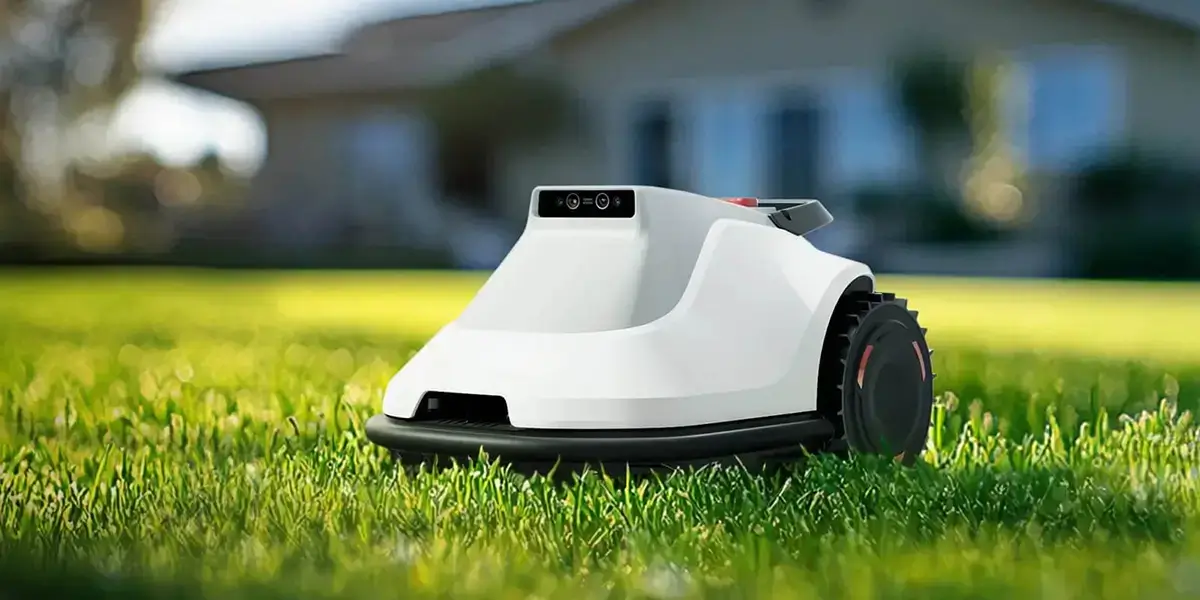Imagine cruising along a scenic highway on your motorcycle—the wind in your hair, the hum of the engine beneath you, and the thrill of acceleration just within reach. There’s a secret ingredient that often goes unnoticed but plays a crucial role in that smooth, responsive ride: the gear ratio.

At its core, the gear ratio in a motorcycle determines how engine power is transferred to the wheels. Think of it as the bridge between your engine’s raw power and your motorcycle's responsiveness. Just like a good recipe balances flavors, a well-chosen gear ratio balances speed and torque, giving you the desired riding experience—whether you crave high-speed thrill or effortless torque for city commuting.
Understanding the Basics
The gear ratio is defined by the relationship between the number of teeth on the front sprocket (or gear) versus the rear sprocket. This ratio directly influences the gearing of your motorcycle. For example, if your front sprocket has 15 teeth and your rear sprocket has 45 teeth, the gear ratio is 15:45, simplifying to 1:3. This means the rear wheel rotates once for every three rotations of the front sprocket.
But what does this mean on the road? A higher gear ratio (more teeth on the rear sprocket relative to the front) typically offers higher top speeds but at the expense of acceleration and torque. Conversely, a lower gear ratio (fewer teeth on the rear sprocket) enhances torque and acceleration, making it ideal for city riding, off-road adventures, or climbing steep inclines. The key is understanding how these ratios translate into real-world performance.
Why Gear Ratios Matter
Many motorcycle riders overlook the importance of gear ratios, assuming their bike’s stock setup is universally optimal. However, customizing your gear ratio can dramatically change your riding experience. For instance, if you love to cruise on the highway, a taller gear ratio (more speed, less torque) can help you achieve higher speeds with less engine strain and better fuel economy. In contrast, if you’re into track racing or off-road fun, a shorter gear ratio will give you quicker acceleration and more responsive handling.
The Relationship Between Speed and Torque
Speed and torque are two sides of the same coin; adjusting gear ratios shifts the balance. A taller gear ratio facilitates higher top speeds but often reduces low-end torque, which is what propels you from a standstill or over challenging terrain. On the other hand, a shorter gear ratio enhances torque, making your motorcycle feel more lively at low speeds but capping your top speed.
Think of it as adjusting the gears on a bicycle—getting a higher gear for speed on flat terrain versus a lower gear for climbing hills. It’s about matching your gear choice to your riding style and terrain to optimize performance and comfort.
Different Types of Gear Ratios for Different Bikes
Not all motorcycles are designed the same, and neither are their optimal gear ratios. Sport bikes typically favor a taller gear ratio to maximize top speed and aerodynamics. Cruisers and touring bikes often use a more balanced or slightly shorter ratio to optimize torque for carrying heavier loads or long-distance comfort.
Off-road bikes prioritize a shorter gear ratio to handle rough terrain, steep inclines, and quick acceleration. Adventure bikes tend to have a versatile setup that balances these needs, offering an adaptable gear ratio to handle different riding conditions.
How to Check & Change Your Gear Ratio
Most riders can find their current gear ratio by noting the number of teeth on both sprockets—a simple count, or you might find it listed in the bike’s specifications. Changing gear ratios involves swapping out either the front or rear sprockets, or both. It’s a straightforward modification but may require proper tools and sometimes professional expertise.
When considering a change, it’s essential to keep in mind the impact on your motorcycle’s chain and overall drivetrain. A significant change might require adjustments to chain length or tension.
Practical Tips for Gear Ratio Tuning
Identify your riding needs: Are you racing, commuting, touring, or exploring off-road? Your riding style will influence your ideal gear ratio. Research your bike’s stock setup: Know the original sprockets to pinpoint how much you can tweak your gear ratio. Start small: Make incremental adjustments to avoid drastic changes that might negatively affect performance or wear parts prematurely. Test and adapt: After each change, take your bike for a test ride to gauge how it responds. Pay attention to acceleration, top speed, fuel efficiency, and engine strain. Consider other modifications: Changing sprockets might also influence your motorcycle’s speedometer accuracy and chain wear, so keep these factors in mind.
The next part will explore the finer points of gear ratio selection for different riding styles, advanced tuning tips, real-world case studies, and how to optimize your motorcycle setup for maximum riding pleasure.
Part 2 coming soon…
Leveraging innovations in modular drive technology, Kpower integrates high-performance motors, precision reducers, and multi-protocol control systems to provide efficient and customized smart drive system solutions.




































